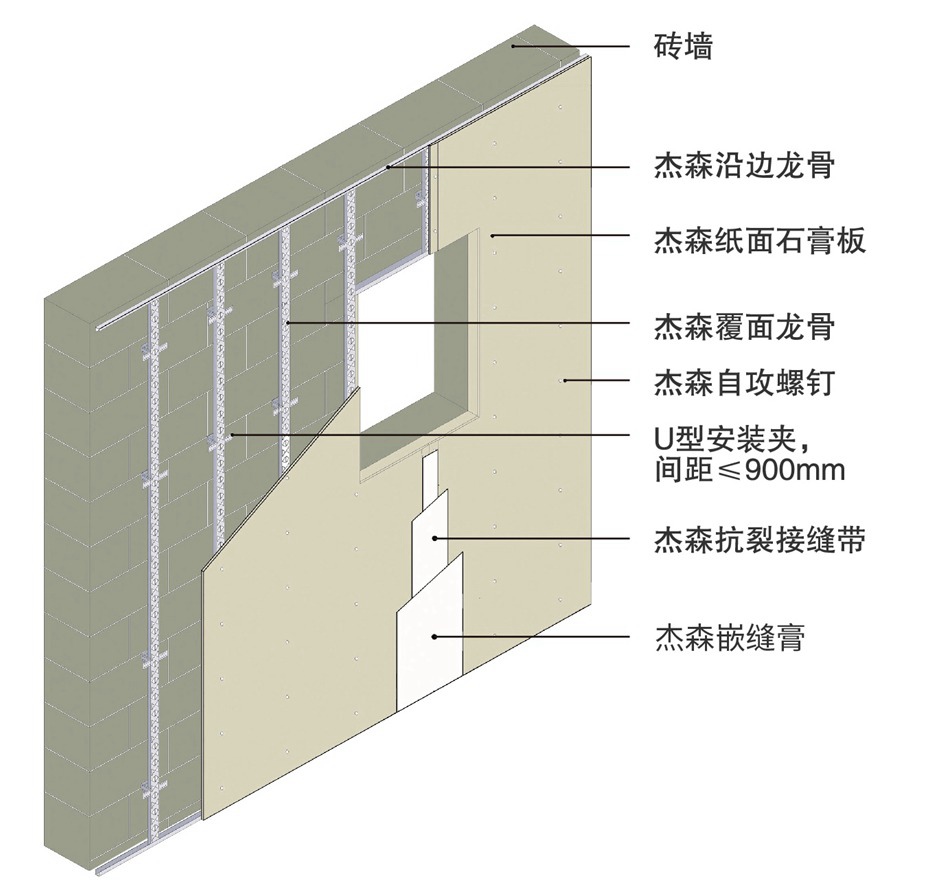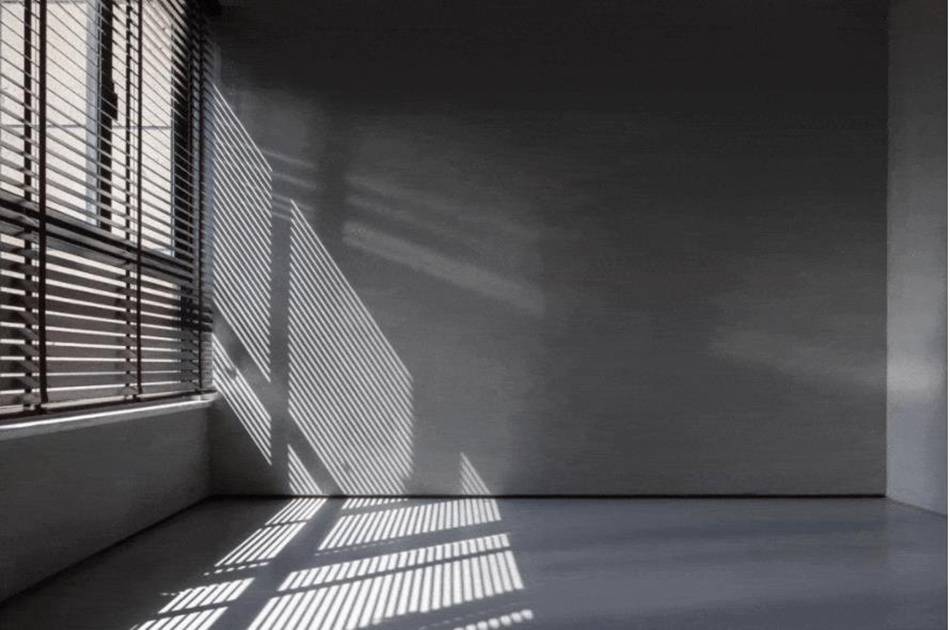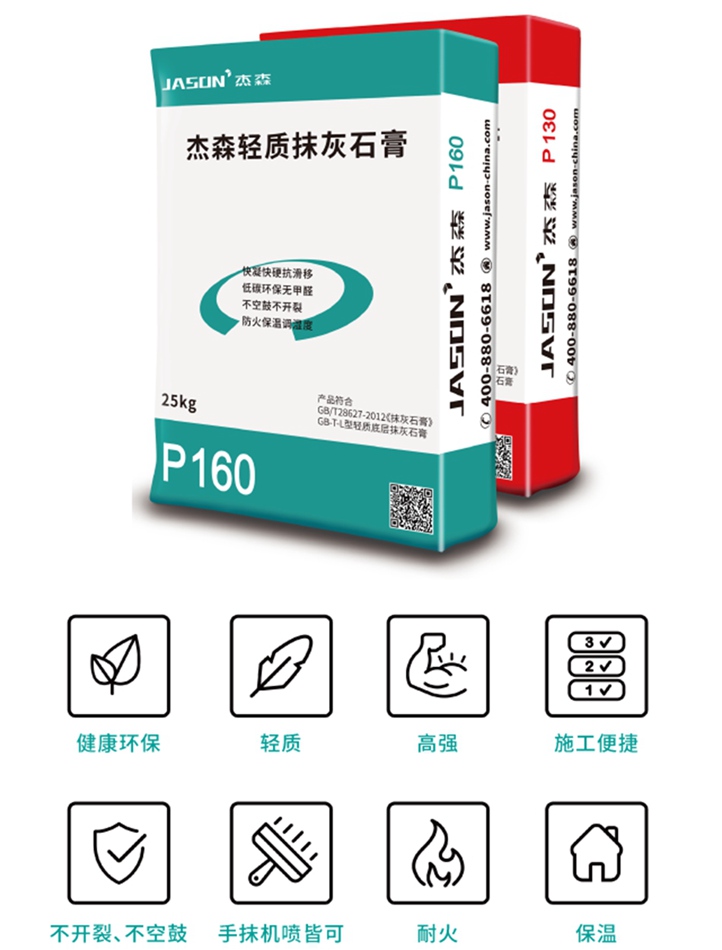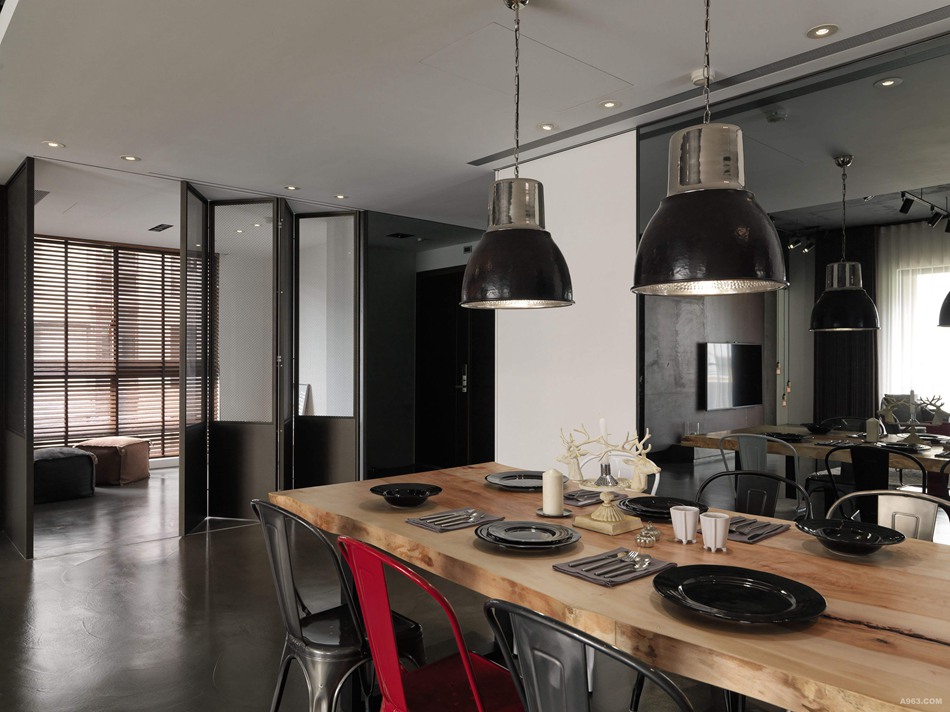- High End Gypsum Board System Solution Provider
How long will the renovation period last? Dry process and gypsum based building materials have high tricks
When it comes to home renovation, many people's first concern is not the cost or design, but the construction period. Because the matter of decoration schedule is really like Schr ö dinger's schedule, there are all kinds of opinions, and I don't know which one to believe. Especially the construction period signed in the decoration contract may be delayed due to various uncertain factors, ultimately resulting in the inability to complete and deliver on time, and one can only bear the risk and losses of not being able to move in as expected. In fact, besides human factors, the most important issue with project schedule is related to the selected building materials and construction methods, which many homeowners are not aware of. Based on an estimate of a residential house with a building area of 100 square meters, the hard decoration period will take at least 70 working days. In this article, Jason's gypsum board editor will elaborate on the differences, which process nodes are more time-consuming, and how to avoid them to shorten the construction period.

Firstly, we need to popularize the concept of construction technology: wet and dry operations. Wet work refers to engineering projects that require on-site mixing of mortar or other water-based operations during the decoration period, such as cement powder masonry, wall plastering, kitchen and bathroom waterproofing, and tiling. Dry work refers to engineering projects that can be directly assembled and installed without water during the decoration period, such as the installation of light steel keel gypsum board, wooden base board, decorative surface installation, dry hanging of stone tiles, installation of cabinet set doors and lighting fixtures, etc.

1、 Demolition and renovation projects. This part may not require a lot of work for newly built rough houses, but renovating old houses can be time-consuming and laborious. Because some prefabricated panel houses with frame structures, even brick and concrete structures, may experience wall cracking due to quality issues with the wall powder masonry layer or varying degrees of ground settlement. At this point, it may be necessary to knock off all the cement layer in front of the entire house, until the red bricks are knocked out, and then carry out a new powder masonry. This time, it will be a big hassle. Not only will it take time to demolish it, but also to wait for it to be repainted. If you are in a hurry, the cement may not be cured properly and eventually crack.
In this situation, it can actually be considered not to demolish and repaint. When decorating and designing, plan all the areas where cabinets need to be used as background walls, and these parts do not need to crack. And if the finished surface is the wall itself, it will be completely replaced by the Jason gypsum board veneer wall system, which not only has a minimum thickness of only 3 centimeters, but also saves the process of slotting and laying pipes, and directly integrates strong and weak PVC conduits and octagonal boxes into the veneer wall. At the same time, all prefabricated construction can greatly shorten the time required for the project as long as there are enough manpower. Roughly estimated, compared to knocking on the red brick layer and then repainting and slotting, the process of laying pipes and plastering will save at least 7-10 days.

2、 Ground leveling. This is an unavoidable project milestone in interior decoration, and it can only be done through wet operations. Before completing the floor decoration, it is necessary to level the indoor floor in order to lay the floor, tiles, and marble with confidence. If it's a wet job, we can't avoid the waiting process, so we have to stop work and wait for it to dry thoroughly before proceeding to the next node of work. So, since we have to do it and wait for it to dry, how can we effectively shorten the construction period?
In fact, gypsum based self leveling can be used to replace cement pouring leveling or cement-based self leveling, because gypsum based self leveling has a much faster solidification time than cement-based self leveling, and can also save more than half of the time. At the same time, due to the inherent cementitious properties of gypsum based products, there is no need to add any building adhesive, achieving essentially formaldehyde free materials. Choosing gypsum based self leveling can save at least 3-5 days in construction period.

3、 Wall plastering. If the veneer wall system is not used and the wall plastering process is necessary, it is also possible to use Jason's independently developed patented product "Jason Lightweight Plastering Gypsum" instead of cement for plastering. Directly spray and smooth to achieve one-step positioning. In terms of initial and final setting time, it also saves more than half of the time compared to traditional cement mortar leveling. At the same time, due to the inherent cementitious properties of gypsum based products, there is no need to add any building adhesive, achieving essentially formaldehyde free materials. Although this may not be as fast as directly making gypsum board veneer wall systems, it can also save 5-7 days of construction time.

The above three methods of replacing traditional craft materials can effectively shorten the decoration period. Taking a 100 square meter residential house as an example, Jason's gypsum board editor estimates that if we calculate at best, shortening the construction period by 12 days is equivalent to saving 17% of the decoration time. And it will not come at the cost of sacrificing construction quality at all, and can even improve construction quality and increase service life. At the same time, the environmental performance of the entire house also has a qualitative improvement
(Some of the images are from the internet. If there is a possibility of infringement, please contact the editor to delete them.)
